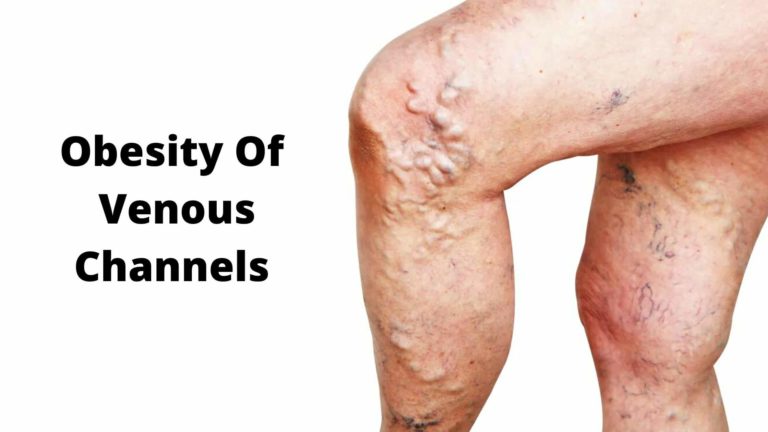Abortion at Home: Understanding the Risks and Implications

Abortion is a highly sensitive and complex issue that has been the subject of intense debate and polarized opinions for decades. While the legality and accessibility of abortion services vary greatly across different regions and countries, the possibility of obtaining an abortion at home through the use of medication has emerged as a controversial topic.
In this comprehensive article, we aim to provide an objective and factual exploration of the concept of abortion at home, examining its legal status, medical implications, and potential risks. It is essential to approach this subject with empathy, respect, and a commitment to accurate information, as it deeply impacts the lives and well-being of individuals and communities.
Legal Considerations and Access to Abortion Services
The legal landscape surrounding abortion at home varies significantly across different jurisdictions. In some regions, self-managed medication abortion at home may be permitted within specific gestational age limits and under certain conditions, such as receiving proper medical supervision and counseling. However, in many parts of the world, self-induced abortion remains illegal, and individuals who attempt it may face legal consequences.
It is crucial to note that the legality of abortion does not necessarily reflect its safety or accessibility. Even in regions where abortion is legally permitted, access to safe and affordable abortion services may be limited due to factors such as geographic barriers, lack of trained medical professionals, or stigma surrounding the issue.
Medical Abortion: Understanding the Process
Medication abortion, also known as the “abortion pill,” refers to a combination of two medications, mifepristone and misoprostol, that can induce abortion in early pregnancy. When administered under proper medical supervision and within the recommended gestational age limits (typically up to 10 weeks), medication abortion is a safe and effective method of terminating a pregnancy.
The process of a medication abortion at home typically involves taking mifepristone, which blocks the production of the hormone progesterone, essential for maintaining the pregnancy. This is followed by taking misoprostol, which causes uterine contractions and expels the pregnancy tissue.
It is important to note that medication abortion at home should only be considered under the guidance and supervision of a qualified healthcare provider. Self-managing an abortion without proper medical oversight and instructions can pose significant risks to an individual’s health and well-being.
Potential Risks and Complications
While medication abortion is generally considered safe when performed under appropriate medical supervision, self-induced abortion at home without proper guidance and follow-up care can increase the risk of complications. Some potential risks and complications associated with unsupervised abortion at home include:
1. Incomplete abortion: If the medication is not taken correctly or if the pregnancy is too advanced, there is a risk of an incomplete abortion, which can lead to heavy bleeding, infection, and other serious health consequences.
2. Undiagnosed ectopic pregnancy: In the case of an ectopic pregnancy (when the fertilized egg implants outside the uterus), medication abortion can be ineffective and potentially life-threatening if not diagnosed and treated promptly.
3. Excessive bleeding and hemorrhage: Without proper medical supervision and monitoring, excessive bleeding and hemorrhage may go undetected and untreated, putting the individual at risk of severe complications.
4. Infection: Improper administration of the medication or lack of follow-up care can increase the risk of infection, which can lead to sepsis and other serious health issues.
5. Psychological impact: Undergoing an abortion, even when performed legally and safely, can have significant emotional and psychological implications. Self-managing an abortion without proper counseling and support can exacerbate these psychological effects.
It is important to emphasize that seeking professional medical care and following proper protocols are crucial for minimizing risks and ensuring the individual’s safety and well-being during an abortion procedure, whether it is performed in a clinical setting or at home.
Reproductive Rights and Access to Safe Abortion Services
The debate surrounding abortion at home highlights the broader issue of reproductive rights and access to safe abortion services. Advocates argue that self-managed abortion at home can be a necessary option for individuals facing legal restrictions, financial barriers, or other obstacles to accessing legal and safe abortion services.
However, it is essential to recognize that self-induced abortion at home carries significant risks and should not be viewed as a substitute for access to comprehensive, affordable, and high-quality reproductive healthcare services. Ensuring access to safe and legal abortion services, as well as comprehensive sexual and reproductive health education, remains a critical priority for protecting the health and well-being of individuals and communities worldwide.
Conclusion
The issue of abortion at home is complex and multifaceted, with legal, medical, and ethical considerations that vary across different regions and contexts. While medication abortion at home may be a viable option in some circumstances, it is essential to prioritize the safety and well-being of individuals by ensuring proper medical supervision, counseling, and access to safe and legal abortion services.
Ultimately, the decision to undergo an abortion is a deeply personal one, and individuals should have access to accurate information, compassionate support, and the ability to make informed choices about their reproductive health without fear of stigma or legal repercussions.
It is crucial to approach this sensitive topic with empathy, respect, and a commitment to factual information, recognizing the nuances and complexities involved. By promoting open and constructive dialogue, we can work towards creating a society that respects individual autonomy, protects reproductive rights, and ensures access to comprehensive and high-quality reproductive healthcare services for all.





